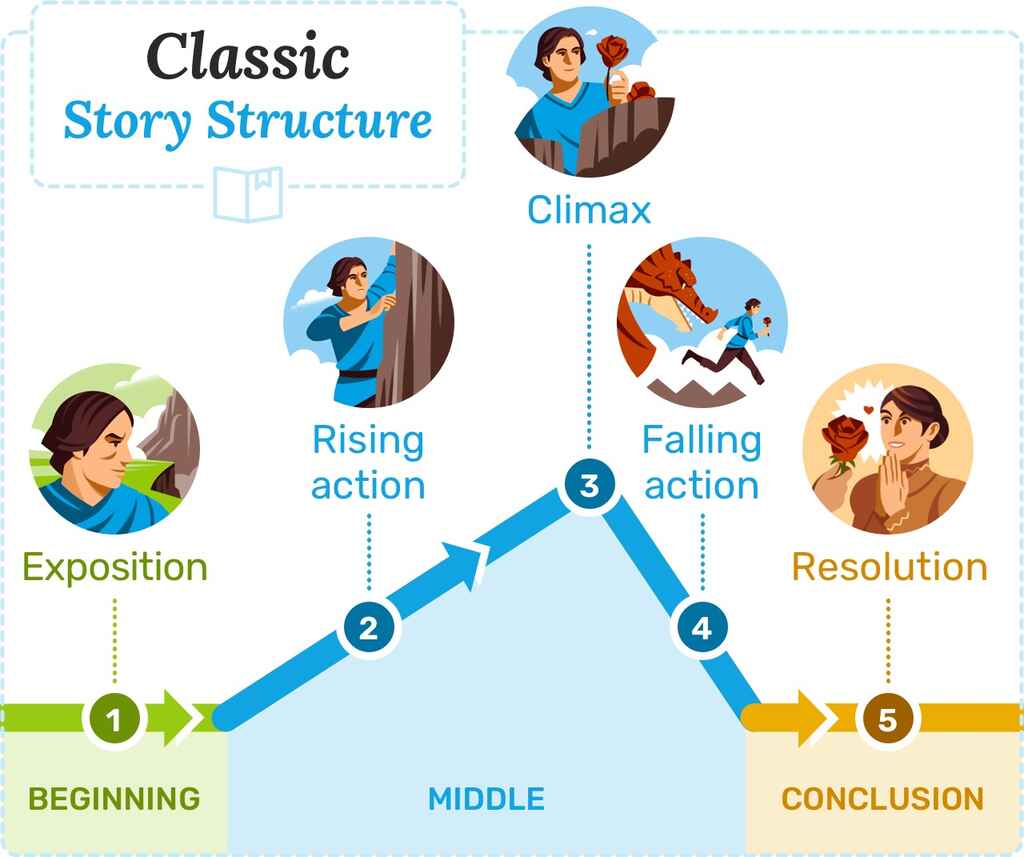Unit 9: Longer Fiction or Drama III
1/22
Earn XP
Name | Mastery | Learn | Test | Matching | Spaced |
|---|
No study sessions yet.
23 Terms
Suspense
The feeling of uncertainty or tension that a reader or viewer experiences as they follow a story.
A ______ can contain various, and even conflicting perspectives.
Single text
Conflict
Created when there is a problem or struggle that the protagonist must face.
Expressing Relief/Joy
"Thank goodness that's over" or "I can finally breathe easy now."
Expressing Gratitude/Appreciation
"I couldn't have done it without you," "I'm so grateful for your help," "I'm glad we were able to come to a resolution."
Expressing Regret/Remorse
"I'm sorry for what I did," "I regret my actions," "I never should have let things get this far."
Expressing anger/frustration
"I can't believe they did that," "I'm so angry about what happened," "I can't believe this is how it ended."
Expressing Confusion/Uncertainty
"I'm not sure what just happened," "I'm not sure how l feel about this," "I need some time to process everything."
Expressing satisfaction/accomplishment
“I did it”
Expressing Defeat/disappointment
"I lost," "I'm not happy with the outcome," "I didn't expect it to end this way."
Creating tension and uncertainty (Inconsistencies)
Inconsistencies in a text can create a sense of confusion and uncertainty for the reader, which can be used to build tension jind suspense
Adding depth to the story (Inconsistencies)
Inconsistencies can also be used to add depth and complexity to a story by introducing multiple perspectives, or by showing different versions of events.
Creating a sense of realism (Inconsistencies)
Inconsistencies in a text can also create a sense of realism by mimicking the way that people perceive and remember events in real life.
Enhancing the theme (Inconsistencies)
Inconsistencies in a text can also be used to enhance the themes of the story by showing the different ways in which people can perceive and interpret events.
Reflecting the narrators bias (Inconsistencies)
Intentional narrative inconsistencies can also reflect the narrator's bias, emotions and subjectivity; showing how their perspective might affect the way they tell the story.
Creating a sense of empathy
As the narrator develops, the reader may also develop a sense of empathy with them, which can affect the way they interpret the events and the characters in the story.
Minor Characters
Characters that are often not the main focus of the story, so they don't really change or develop.
Significant Events
These events usually relate to the text's main conflict, and serve as vivid examples of the conflicting ideologies and beliefs that are present within the story.
Resolution
The part of the plot that comes after the climax, in which the conflicts and tensions of the story are resolved.
Lacking resoultion
Can have a significant impact on how the reader interprets and understands the story.
Narrator/Speaker
They can change as the story progresses as a result of actions and interactions that take place within the story.
Third-Person Narrative
The narrator may be an omniscient observer, but their perspective can still change as the story progresses.
Classic Plot Structure
Ex.
